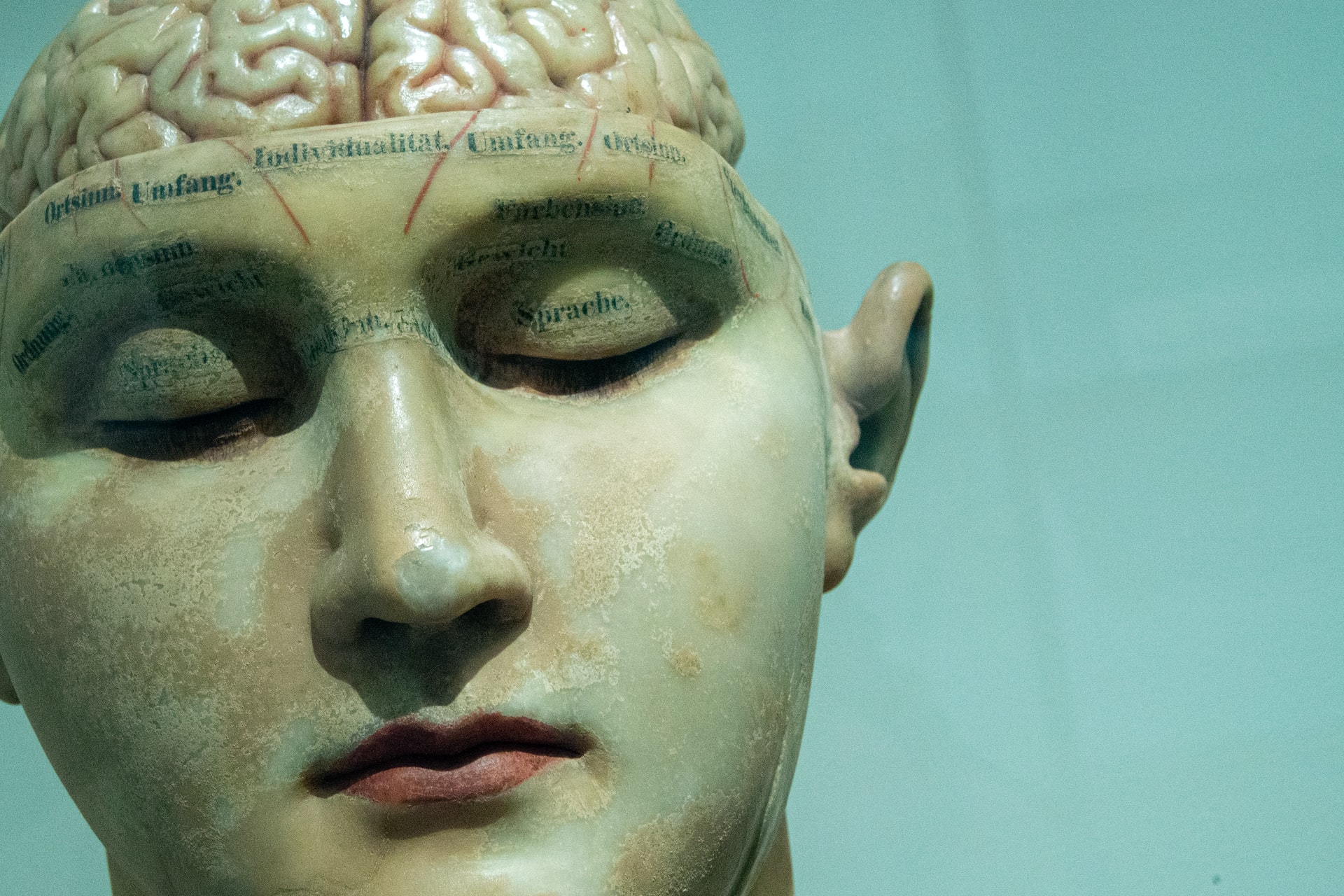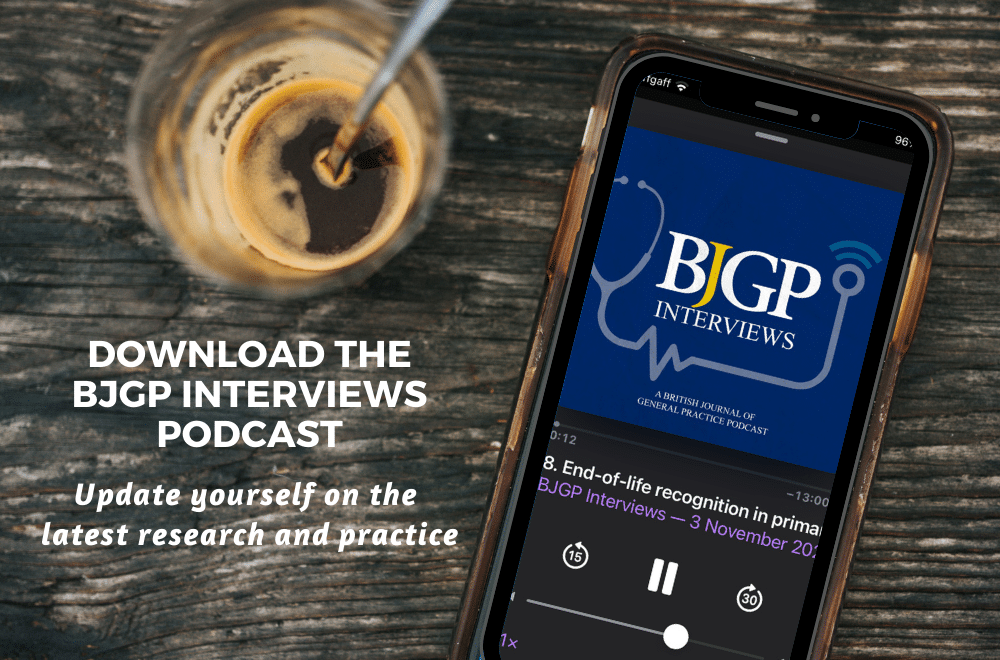 Peter McNelly is a registered Mental Health Nurse and is working as a Mental Health Practitioner for a GP Federation in Northern Ireland.
Peter McNelly is a registered Mental Health Nurse and is working as a Mental Health Practitioner for a GP Federation in Northern Ireland.
I am a mental health nurse and employed by one of the GP Federations in Northern Ireland as a mental health practitioner (MHP); other professionals may also be employed in this role such as social worker, occupational therapist, or psychologist. I have now worked with 12 different GPs in four different practices, and with two different GP Federations in Northern Ireland in the last 3 years.
Northern Ireland’s GP Federations have some similarities to primary care networks (PCNs) with the Additional Roles Reimbursement Scheme that operates in England. Recently, PCNs in England have been able to employ additional adult MHPs due to demand.1
The availability of an MHP for each practice appears to be based on practice size: the larger practices will have an MHP available for 4–5 days each week; medium size will be 2–3 days; and small size 2 days a week. The ratio appears to be 1000 patients for one MHP session (half day), and like most MHPs, I work across more than one practice each week — my own experience would suggest this ratio does not reflect need.
… in most instances I have no prior knowledge of the patient I am about to contact …
How each MHP practises may be influenced by various factors, which include the practise of individual GPs and how they see the role of the MHP; larger practices may view a mainly first contact role for the MHP as being important due to high daily demand on GP appointments.
On the other hand, smaller practices may operate in a different manner, often due to the reduced availability of an MHP, and may prefer to have the MHP contact patients with mental health issues that have already been identified by the GP.
Another influence on practise is the professional background of the MHP, for example, nurse or social worker. My own practise has reflected some of the above, as I have practised and worked in a different way with all four practices.
I do not provide therapy, counselling, or cognitive behavioural therapy. If I did I would quickly build up a caseload for myself and be unavailable to the GPs to see patients they would want me to see. The only reason I may not meet such requests would be my time availability to the practice, and not because I had created a caseload.
My practise
Consults may still take up to an hour even when a patient has already had contact with a GP …
Regardless of the practice size and model employed to make best use of an MHP, there are some core fundamental methods of working and practise I employ given that in most instances I have no prior knowledge of the patient I am about to contact; for example, if the contact is either on the telephone or in-person I will read any information before hand on the referral, which may be from the GP, receptionist, or occasionally other members of the practice multidisciplinary team.2
In some practices I have a list of patients to contact and in others I have appointment slots allocated for the day, with patients being booked into these. Some will be first contact appointments3 and others will be at the request of a GP. With a booked appointment system I feel eight appointments or less a day should be the norm.
Once I have obtained information on why a patient has been referred, I then look at the patient’s electronic GP record and read history, summary, consultations, medication, problems, and any documents/letters regarding mental health before contacting the patient.
With each contact/consult I will confirm that I am speaking to the right patient (if they are driving I will ask them to pull over or will ring them back), and introduce myself clearly, pointing out I am neither a GP nor doctor, but an MHP working alongside the GPs.
I will ask about alcohol/drug use, physical health issues, suicidal ideation, medication compliance, social circumstances, work, relationship status, whether they have children, and any current support, unless that information has been noted by the GP already.
… [mental health practitioners] can reduce the workload of GPs when used as … first contact practitioners.
I also frequently ask if they are doing anything to maintain physical and mental wellbeing. I allow for ventilation, and I make a written note of salient points during each consult. I use this method of practise rather than attempt to enter information directly into the patient’s electronic record, as I find in the consult, either face-to-face or via telephone, it allows me a more focused intervention and ventilation with the patient.
With first contact/consults some patients clearly have a view on what they are seeking, for example, medication or counselling. Others are less clear in how they might be helped, and some remind me I am the expert and that is why they have consulted me.
With most contacts I will normally have arrived at a formulation of what the issues and concerns are that need to be addressed towards the end of the consult, and will seek in partnership agreement with the patient on these.
Occasionally with someone I consult on the phone I may be unable to identify the issues and concerns, and will invite the person in for a face-to-face consult. Examples of issues and concerns are shown in Table 1.*
| Table 1. Reported issues/concerns at first contact with patients over a 3-month period | |
| Reported issues/concerns | n |
| Depression/low mood | 73 |
| Anxiety | 69 |
| OCD | 12 |
| PTSD | 24 |
| Stress | 38 |
| Social impacting on mental health | 34 |
| Physical impacting on mental health | 27 |
| Mixed anxiety/depression | 23 |
| ADHD | 10 |
| Postnatal depression | 11 |
| COVID-19 related | 9 |
| Relationship problems | 8 |
| Bereavement | 24 |
| Alcohol/drug misuse | 34 |
| Other | 16 |
| ADHD = attention deficit hyperactivity disorder. OCD = obsessive compulsive disorder. PTSD = post-traumatic stress disorder. | |
Consults may still take up to an hour even when a patient has already had contact with a GP or information that aids my practise has been recorded. This is because I may need to refer on, contact a GP or other MDT members, use an interpreter, or sometimes speak to relatives to complete the contact/consult.
The time spent with an individual patient is sometimes reflected in the type of referral, and first contact referrals with booked appointment slots usually take 30 minutes. Table 2 shows the booking pathway primarily for the first contact model.
| Table 2. Breakdown of referrals over a 3-month period for first contact model | |
| Category | n |
| Practice patients referred to MHP during 3-month period | 374 |
| Patients assessed/consulted | 316 |
| Did not attend | 58 |
| Referred by GP | 124 |
| Referred by reception | 224 |
| Referred by other, for example, MDT or practice nurse | 26 |
| MDT = multidisciplinary team. MHP = mental health practitioner. | |
As in keeping with most GP practices, I do not book reviews or follow-up on the day of consult. If a patient does require a review of medication they have recently started or a mental health review they are asked to ring in at the appropriate time and make the booking. Some outcomes of consults with patients are shown in Table 3.
| Table 3. Patient outcomes/intervention following consults over a 3-month period | |
| Patient outcomes/intervention | n |
| Self-help booklets/podcasts, usually emailed to patient | 74 |
| Medication via GP | 54 |
| Referral to Talking Therapy Hub | 43 |
| Watchful waiting after ventilation | 43 |
| Referral to community/voluntary services | 33 |
| Referral to Trust mental health services | 17 |
| Self-referral to services | 27 |
| Referral to practice MDT members | 18 |
| Referral to alcohol/drug service | 17 |
| Patient requests a contact with GP | 10 |
| Other | 13 |
| MDT = multidisciplinary team. | |
General observations
During my work as an MHP over the last 3 years I have noted that most of the patient presentations are for mild/moderate mental health conditions/concerns, and very few are quite unwell.
Some patients may present with a great deal of high expressed emotion, as can their relatives, and demand an instant intervention for the problem/condition, which is not normally the outcome of such presentations to the GP or myself.
If necessary they may be advised to contact an ambulance or attend an accident and emergency (A&E) department if the issue is urgent. On reviewing the records of such presentations I found that almost none have contacted an ambulance or visited an A&E department; the urgent mental health problem/issue appears to be settled by the next day.
During my work as an MHP over the last 3 years I have noted that most of the patient presentations are for mild/moderate mental health conditions/concerns, and very few are quite unwell.
Conclusions
Regardless of whether an MHP is working in a small, medium, or large GP practice they can reduce the workload of GPs when used as either first contact practitioners and/or take on mental health work that the GP would like to do but are prevented from doing so by workload and resource issues.
The overall care provided to practice patients is enhanced both by freeing up GPs to address more urgent and complicated patient presentations, and by the additional skills and experience that an MHP brings to a GP practice.
*Permission to publish anonymous service statistics have been obtained.
References
1. Hacker J. PCNs can deploy double number of mental health practitioners under ARRS. Pulse 2022; 1 Apr: https://www.pulsetoday.co.uk/news/pulse-pcn/pcns-can-deploy-double-number-of-mental-health-practitioners (accessed 5 Jul 2022).
2. Northern Ireland Department of Health. Regional launch of primary care multi-disciplinary team programme. 2019. https://www.health-ni.gov.uk/news/regional-launch-primary-care-multi-disciplinary-team-programme (accessed 5 Jul 2022).
3. McNelly P. Reflections on multi-disciplinary teams working in general practice in Northern Ireland. 2021. https://bjgplife.com/reflections-on-multi-disciplinary-teams-working-in-and-alongside-general-practitioners-in-northern-ireland (accessed 5 Jul 2022).
Featured photo by David Matos on Unsplash.




